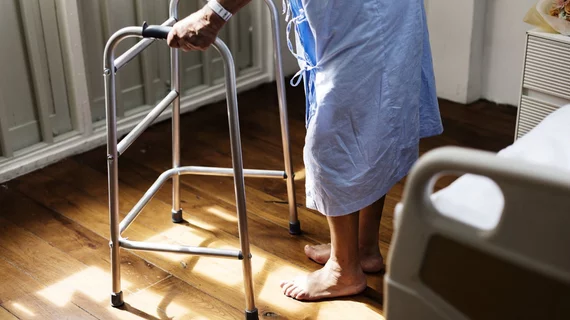Evaluating a patient’s frailty when they present with severe aortic stenosis (AS) does not help determine if they should undergo transcatheter aortic valve replacement (TAVR) or surgical aortic valve replacement (SAVR), according to a new study published in Circulation: Cardiovascular Quality and Outcomes.
The analysis included data from more than 1,400 patients over the age of 65 who underwent TAVR or SAVR from February 2011 to September 2015. While 51.4% of patients underwent TAVR, the remaining 48.6% underwent SAVR.
The study’s authors focused on two different frailty indices—a deficit-based frailty index and a phenotype-based frailty index—to see if these evaluations might help clinicians choose the appropriate treatment option when patients present with severe AS.
Overall, the group found, the frailty indices did provide helpful information—but not when it came to choosing between TAVR and SAVR.
“Rates of death and functional impairment were two-to three-fold higher in the highest vs. lowest FI tertile, but this increased risk was similar across treatment arms,” wrote first author Jordan B. Strom, MD, MSc, a specialist at Beth Israel Deaconess Medical Center in Boston, and colleagues. “Overall, these results suggest that frailty is an important risk marker in patients undergoing aortic valve replacement, but may not identify benefit from TAVR vs. SAVR among patients eligible for both treatments.”
This finding, the team added, may be especially helpful for interdisciplinary heart teams tasked with determining the optimal treatment option for patients with severe aortic valve disease.
The full study can be read here.

